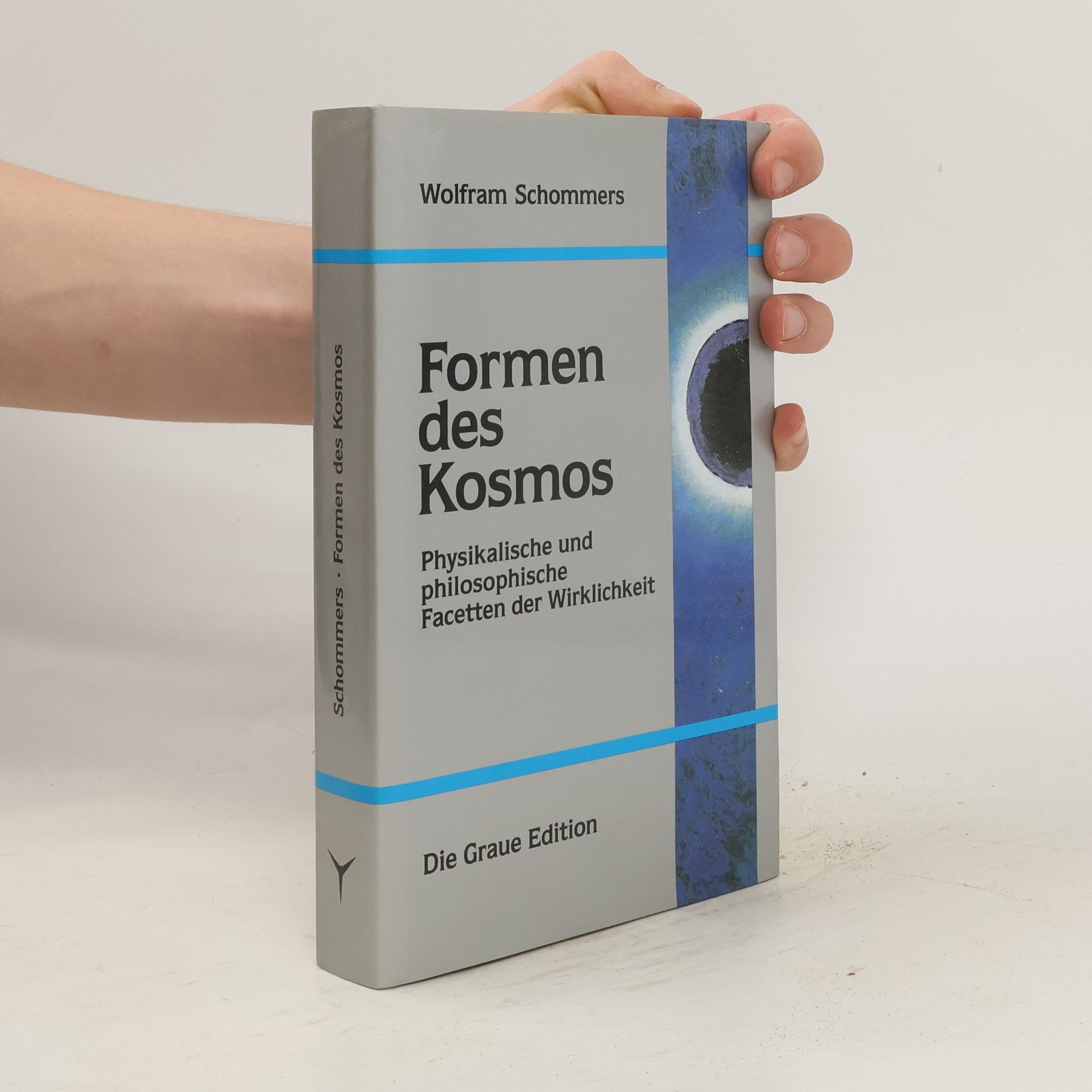Das Sichtbare und das Unsichtbare
Materie und Geist in der Physik



Materie und Geist in der Physik
Physikalische und philosophische Facetten der Wirklichkeit
Focusing on the ultimate level of atomic matter, this work explores the intersection of nanoscience and quantum theory. The author employs an interdisciplinary approach to delve into self-organizing nanoprocesses, brain functions, and the matter-mind problem, while also addressing behavioral research and philosophical inquiries. This comprehensive examination positions itself at the cutting edge of research, offering unique insights into complex scientific concepts.